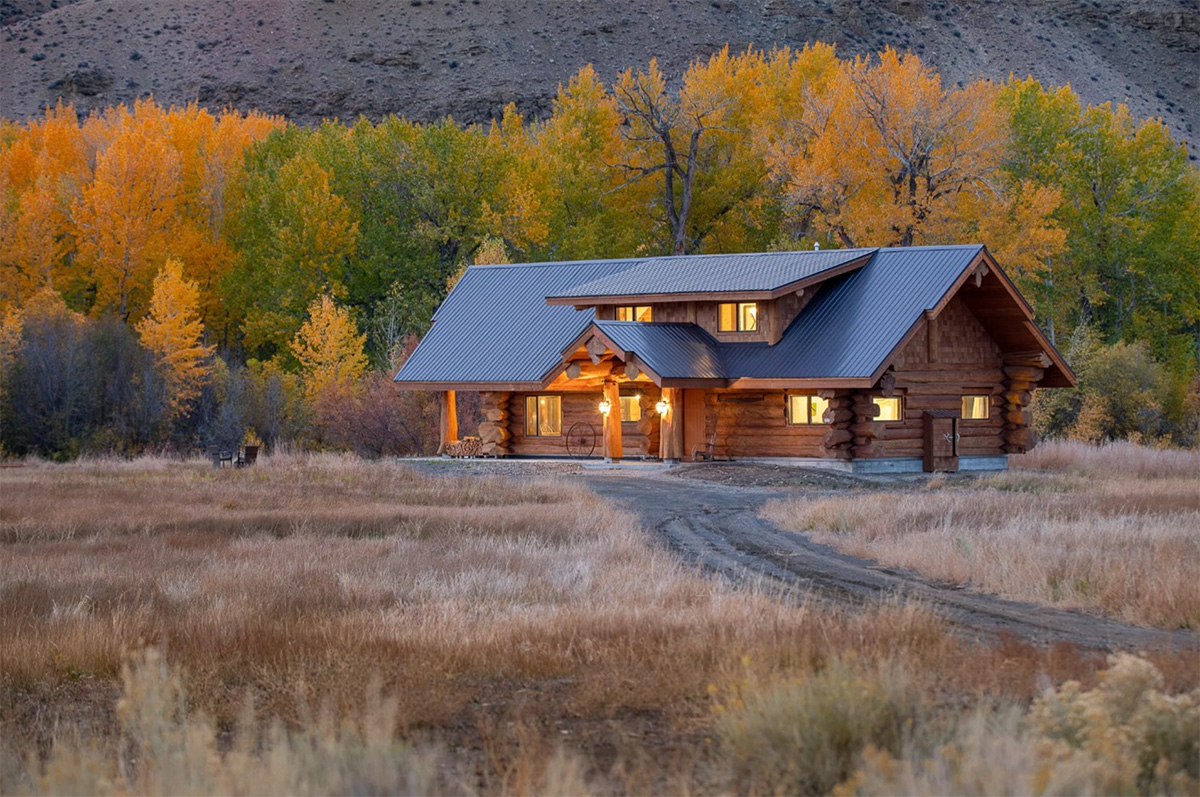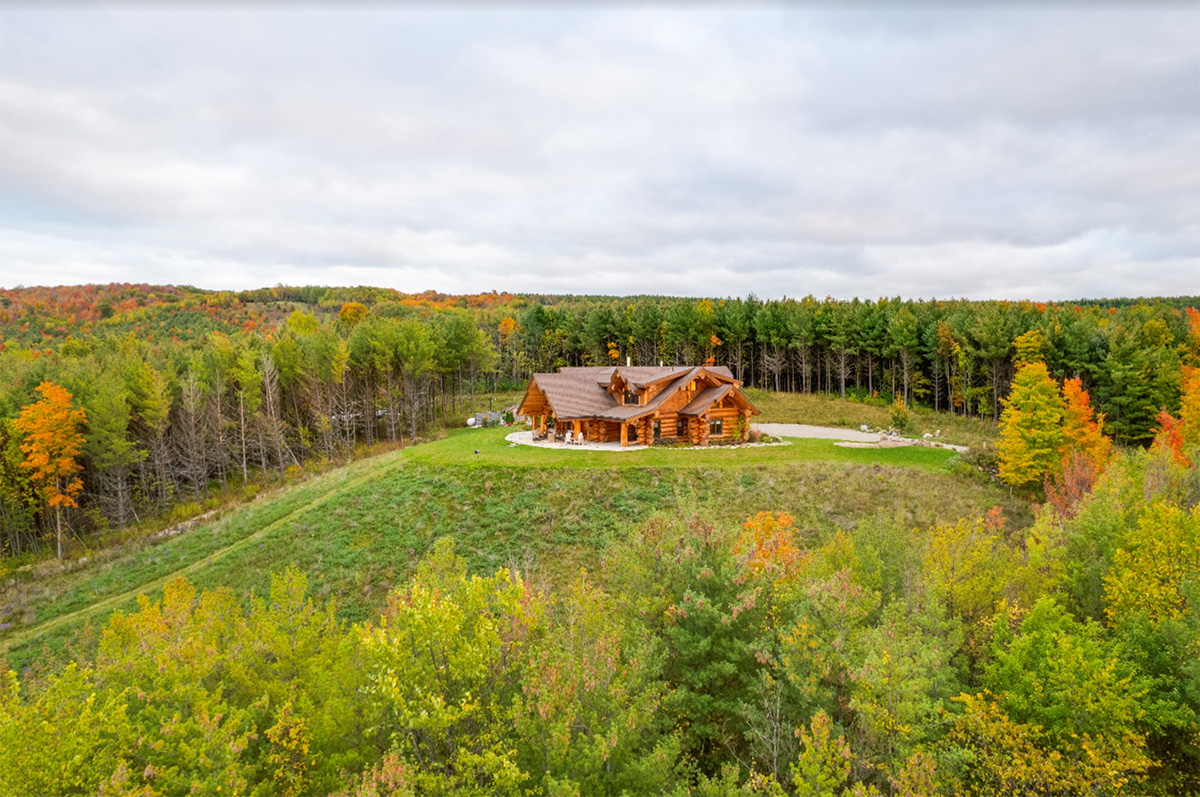6 Things you didn’t know about Western Red Cedar but should before “The Build”
Here at Pioneer Log Homes of British Columbia we pride ourselves in our expert craftsmanship and knowledge on everything “WOOD”. To us one aspect of expert craftsmanship means ensuring your log home is built with one of the most durable and unique softwoods on earth, WESTERN RED CEDAR.
This Species of cedar is known around the world for its natural beauty and unique qualities. The following half dozen facts are just a few reasons why we build with Western Red and why you should to:
- This exceptionally magnificent wood comes in a variety of natural colors ranging from smooth ambers and reddish cinnamon to rich browns. This variation means that your home is not limited to specific look or color. This adds to the overall character and awe our log homes inspire.
- Western Red Cedar is one of the few wood species that is naturally at home in the outdoors. It is classified as a very durable wood by building codes across North America. This allows for the use of its heartwood (the older, non-living central layer of the tree. Usually harder and darker than the outside layer) in exterior applications without the need for preservative treatments. The heart wood contains extracts that are toxic to decay inducing fungi. Production of these extracts accelerates/increases with age making the outer regions of the heartwood the most durable.

- Western Red is an excellent thermal insulator. The low density and presence of air spaces make it the best insulator in its class. These astounding properties protect the building from the extreme heat and cold.
- Western Red Cedar has flame and smoke development ratings that are higher than most in its class. These superior ratings allow for cedar to be used in the interior of a structure without the need for treatment. These ratings mean that the spread of flames will be slower and your home will have a higher resistance to flame.
- This wood has an open cell structure which increases its ability to absorb and dissipate sound. The use of cedar in both roof systems and walls will provide a sort of sound barrier to make things a bit quieter.
- Western Red Cedar grows on the western edge (hence its name) of the coastal mountains from southern Alaska to Northern California. The principal supply coming from the coastal forest region of British Columbia. Harvesting of these ancient trees are guided by strict international sustainable forestry elements. These rules ensure that harvest levels are controlled and re-forestation occurs.




